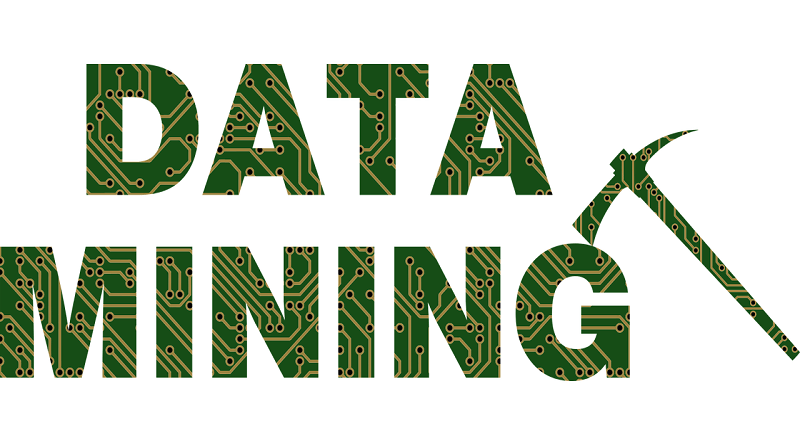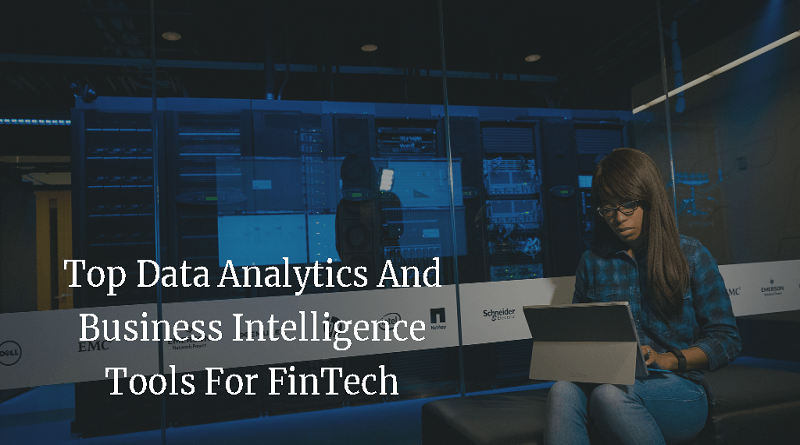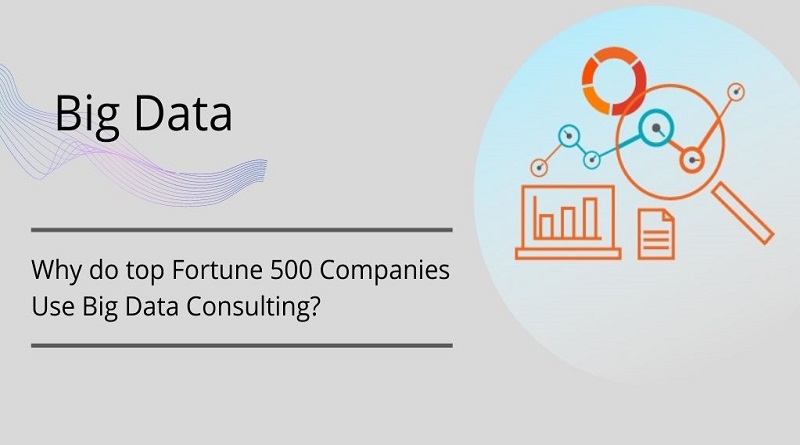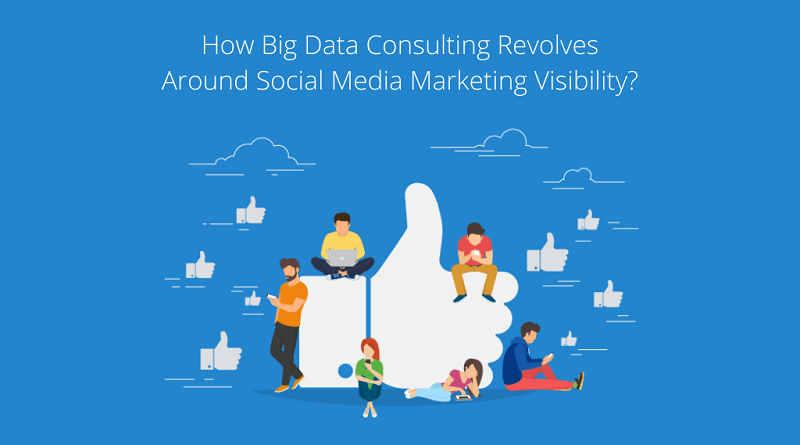Which roles and professions require data mining certification?

Data mining is the process of studying data to uncover underlying patterns and system linkages that can be used to forecast future behavior. It’s the process that converts data into useful information that empowers firms to produce better informed, fact-based conclusions.
Purpose of Data Mining:
For data to be truly beneficial for a company, you must discover correlations and patterns within that data, which is accomplished by Data mining. You can make better corporate choices due to these linkages and thoughts. Data mining also can help you overcome risk by fraud prevention, inaccuracies, and discrepancies that can result in revenue loss and reputational harm. Data mining has been used in a range of industries, but still, the objective is the same, i.e., to gain a deeper understanding of the facts.
Role of a Data Mining Specialist:
Within a corporation, data mining experts are assigned several tasks. The data mining expert conducts research, mines data, models correlations, and afterwards reports insights to the customer through data visualization techniques such as graphing, bar charts, and scatter diagrams. Data mining professionals work with 3 categories of data that can be classified as follows:
- Transactional
- Non-operational
- Metadata
As the data industry’s requirement for specialists is expanding all the time, now is the best moment to start your journey as a data mining expert. If you’re interested to learn data mining, enroll yourself in data science courses online. Our current market is flooded with a plethora of online courses in data science. You can choose the certification as per your requirement and move ahead in this career field.
Roles and Professions that require Data Mining Certification:
-
Banking and Finance
With the widespread adoption of digital banking, a massive amount of data is expected to be generated with each particular transaction. Data mining can help solve financial services problems by uncovering correlations, incidences, and associations incorporating data and market values that aren’t apparent to management due to the high volume of data being too enormous or created too rapidly for professionals to evaluate. Management must improve segmentation, marketing, acquisition, retention, and maintenance of valuable customers.
-
Corporation Surveillance
An organization’s observation of a team’s activities is referred to as corporate surveillance. The information gathered is mostly utilized for promotion or supplied to other businesses, but it is regularly exchanged with government organizations. It can be used by businesses to tailor items appealing to their clients. You can use the information for straight promotional purposes, such as targeted ads on Yahoo & Google, tailored to the web search specific search activity and mails.
-
Criminal Prosecution
Criminology is a method of determining the features of criminal behavior. Crime mapping entails investigating and identifying crimes and their links to offenders. Because of the large number of criminal records and the intricacy of connections between them, criminology is an ideal topic for implementing data mining methods. You can create word processing documents from text-based crime stats, and you can use these details for a crime matching procedure.
-
Health care services
Data mining has a lot of promise for improving healthcare systems. It identifies best practices for improving treatment and lowering costs using business intelligence. Multi-dimensional datasets, deep learning, computational intelligence, data visualization, and analytics are among the data mining techniques used by experts. The number of patients in each group can be predicted using data mining. Patients receive necessary treatment at the correct place at the correct time thanks to the development of procedures. Healthcare insurance can employ data mining to prevent fraud and misuse.
-
Retail Sector
Data mining is being used in the retail industry to study user interests and preferences, optimize advertising and direct marketing initiatives, co-locate commodities in prime locations, and understand better client interests and preferences. Customers are segmented into ‘Recency, Frequency, and Monetary (RFM) categories by retailers, focusing promotion and advertising to all those categories. A client who purchases little but frequently and frequently will be treated differently from one who spent a considerable amount just once and recently. Loyalty, upgrade and cross-sell incentives may be made to the former, while you may give a win-back package to the latter.
-
Education
EDM, i.e., Educational Data Mining, is a rapidly growing subject concerned with developing ways to discover insights from data emerging from an academic context. Anticipating learners’ future behavioral responses, investigating the benefits of education services, and expanding science expertise about education are all objectives of EDM. An organization can employ data mining to make an informed choice and anticipate student outcomes. As a result of the findings, the institution may concentrate on what to teach and how to teach it. Students’ learning patterns can be collected and used to build teaching strategies.
-
CRM(Customer Relationship Management)
Client relationship management entails attracting and maintaining long-term relationships, increasing customer allegiance, and executing customer-centric tactics. A firm must collect information and analyze the facts to establish a successful relationship with a consumer. That is where data mining comes in handy, and the obtained analysis can be performed using data mining technology. Solution seekers receive sorted solutions rather than being confused about where to concentrate on retaining customers.
-
Bioinformatics
As bioinformatics is data-rich, data mining technologies appear to be a good fit. Mining biomedical data aids in the extraction of meaningful information from large datasets obtained in science and related fields such as healthcare and neurology. Examples of data mining applications in bioinformatics include:
- Genetic discovery
- Protein function inference
- Medical diagnostics
- Ailment prediction
- Medical therapy optimization
- Protein and gene interaction network rebuilding
- Data purification
- Protein subcellular position projection
-
Telecommunication
The telecommunication business plays a critical role in handling massive data sets of clients, networks, and call information in today’s ever-changing and competitive environment. To prosper in such an atmosphere, the telecom industry must devise a method for efficiently handling data. Data mining is recommended to improve business and resolve issues in this area. False call detection and recognizing network flaws to pinpoint problems are two of the most important functions. Data mining can also help you improve your marketing campaigns. In any case, this industry faces difficulties dealing with the logical and time aspects of data mining, which necessitates foreseeing uniqueness in telecommunication information to detect network breakdowns or consumer fraud in real-time.
Conclusion:
Gaining in-depth skills in data science is an excellent way to prepare for a future in data mining. This area of expertise allows students to learn about statistical approaches for deriving information from massive datasets and also how to create prediction models and applications to aid in decision-making and are being used to handle core business concerns. Ed- Tech as Great Learning offers relevant data mining courses for beginners and professionals along with data mining projects which helps learners to master the skills of data mining.
Also read : The Role of Big Data In The Digital Marketing Technique





